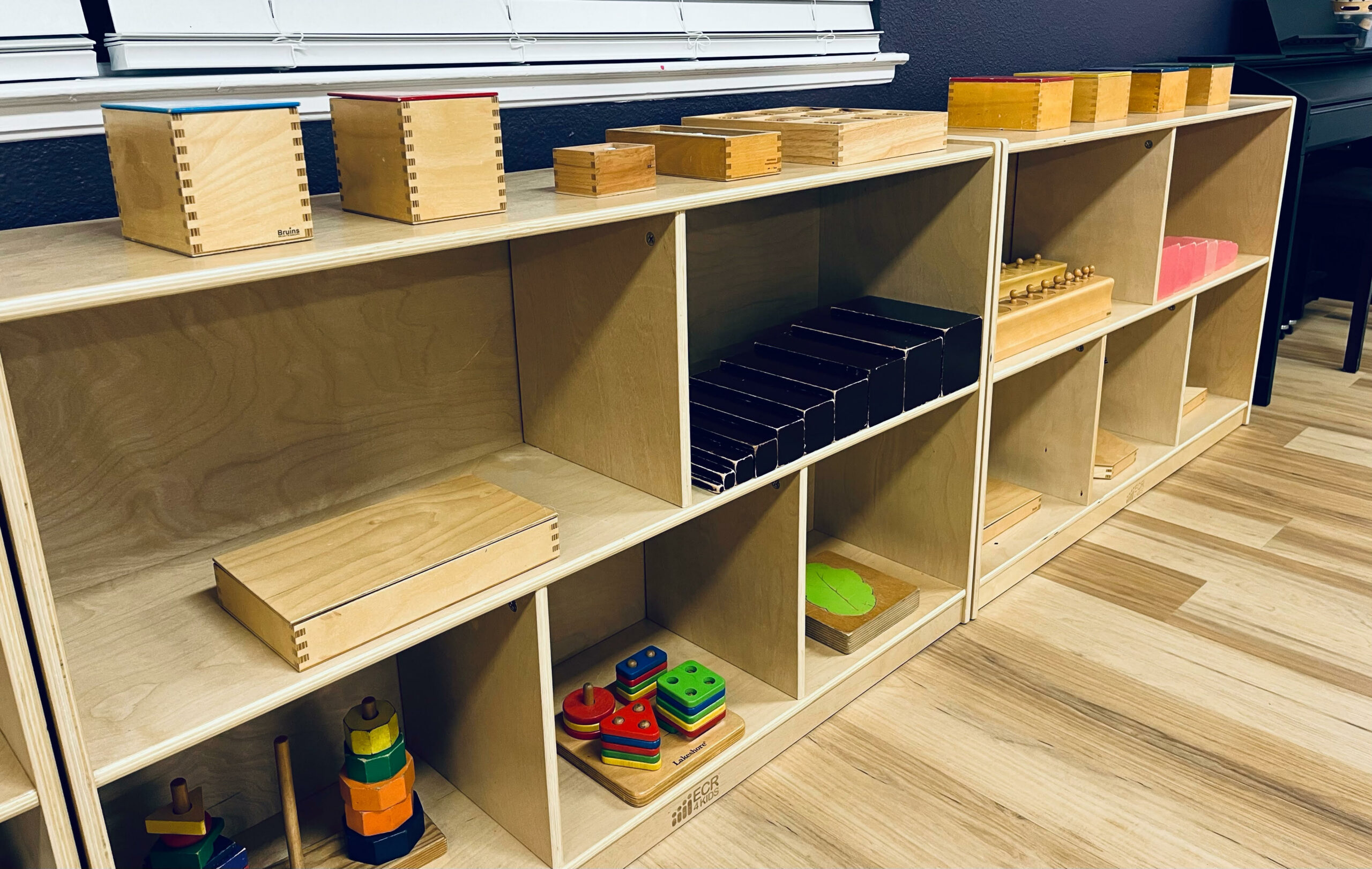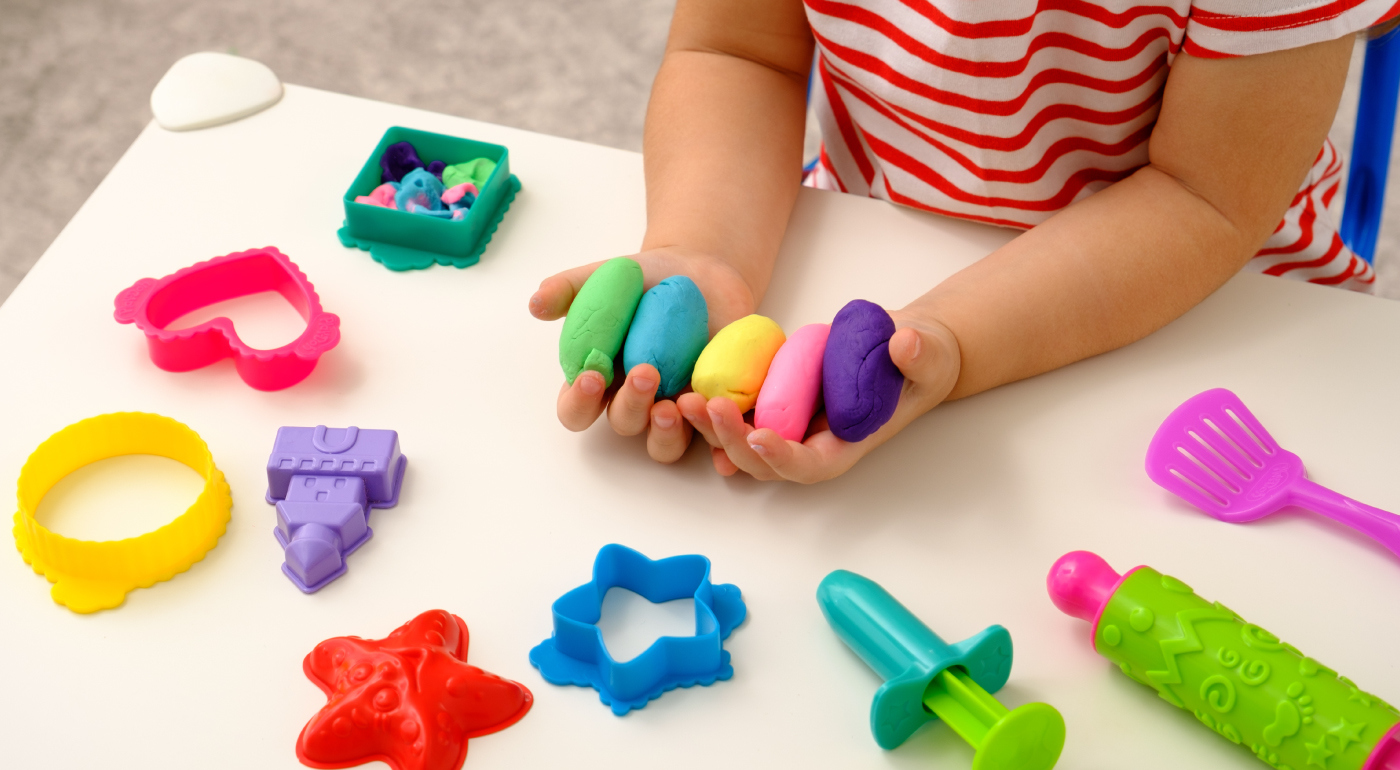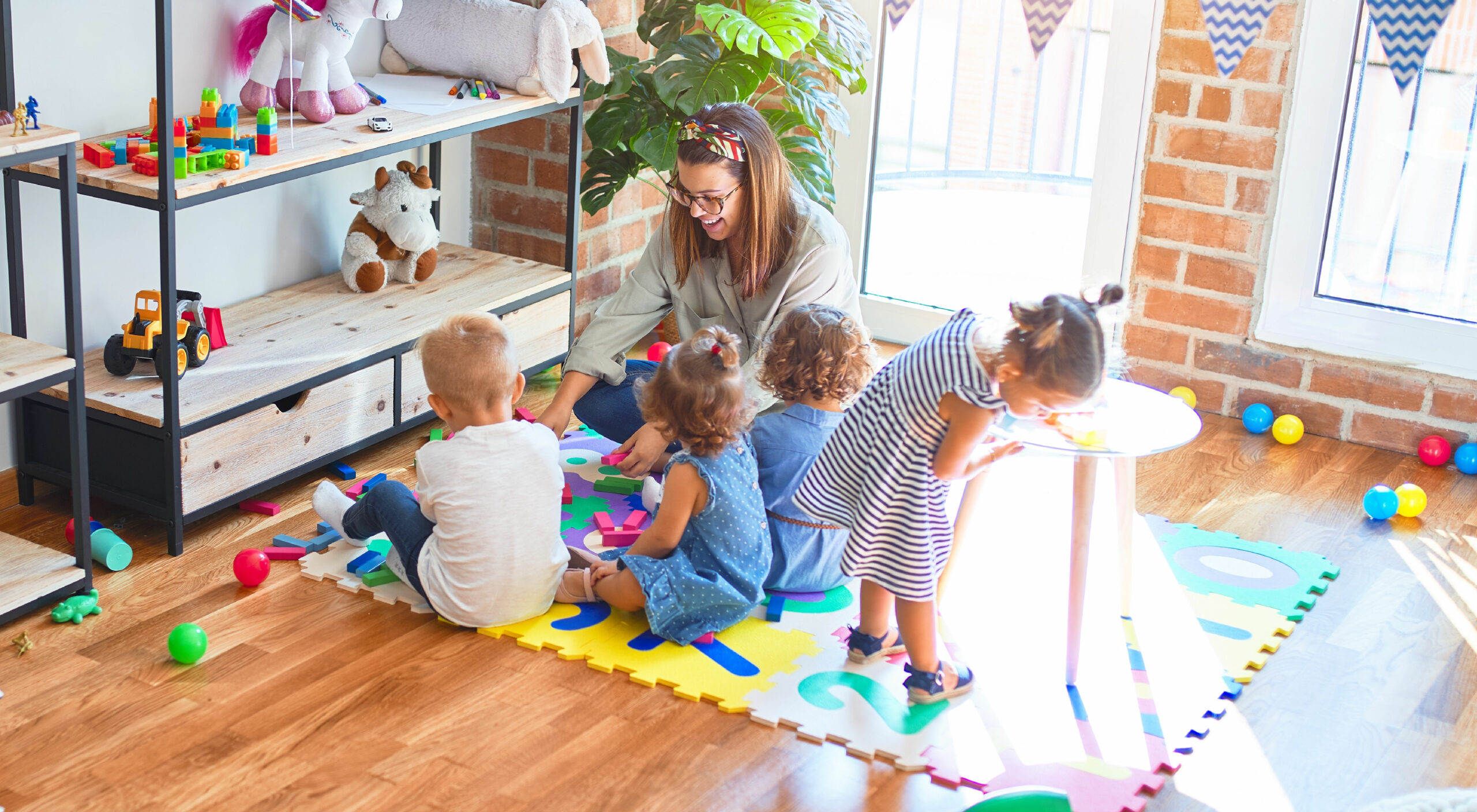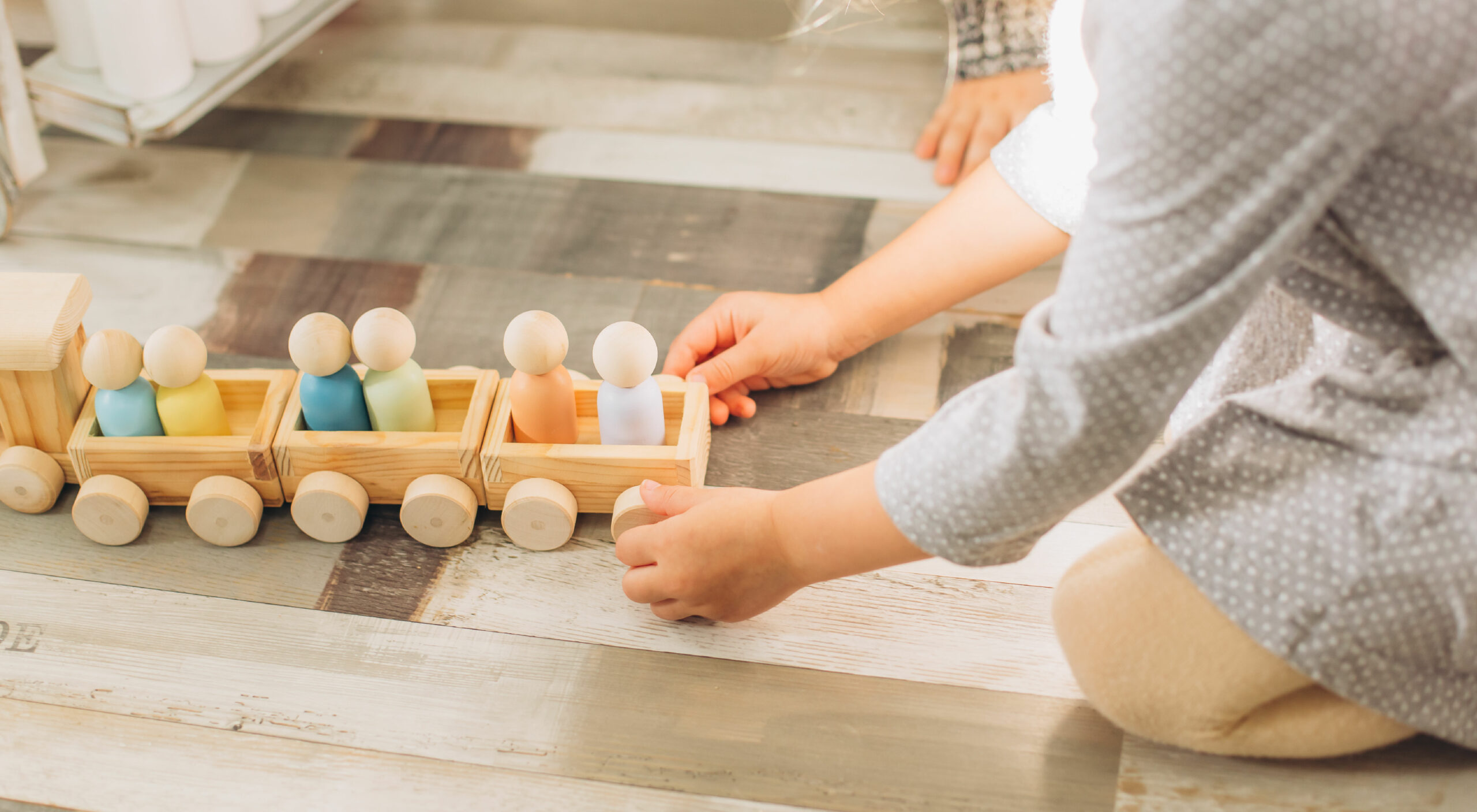At Piedmont Hills Montessori Academy, we follow the Montessori Method of education. When it comes to the curriculum we use, this means that we focus on five key areas: practical life, sensorial, math, language, and cultural studies. Today we’re going to do a deep dive into these five areas so you can know exactly what your little one is discovering at PHMA.
If you are not familiar with the Montessori Method, be sure to read our blog post about Montessori preschool and what makes it different.
The Five Areas of a Montessori Classroom
Traditionally, there are five areas that Montessori schools focus on when it comes to education. Each area represents a different aspect of learning and has a specific purpose and way of being implemented. Typically, Montessori classrooms integrate all five areas of learning throughout a child’s day, with each area having its own physical space within the classroom.
The Practical Life Area
As you might have guessed, this area of learning focuses on practical skills. More specifically, Montessori practical life experiences and activities focus on four primary values:
- Caring for Self
- Caring for the Environment
- Grace & Courtesy
- Movement of Objects
Children spending time in this area practice skills like pouring, sorting items, serving snacks, sweeping, cleaning their toys, watering plants, and more. Most children thrive when given the opportunity to be involved with practical activities; the key is to involve them! Ultimately, the practical life skills they learn at an early age foster independence, concentration, and even coordination. We invite our students to participate in a wide variety of practical life activities every day. Through these activities, children also learn manners, courtesy, and other social skills.
The Sensorial Area

The sensorial area is all about the five senses, and activities in this area help children develop them. While there are five senses (taste, sight, smell, touch, and hearing), there are six categories within this area of learning: size, form, color, tactile, gustatory and olfactory, and auditory. Each category focuses on strengthening a child’s ability to understand the world with their senses.
Some activities introduce children to colors and shapes, while others introduce children to texture and weight. Children learn to sort items. These activities might seem rudimentary, but they create the foundation for success in complex subjects later on, such as mathematics and writing. For example, exploring small shapes prepares a child’s finger muscles to hold a pencil. There is a rhyme and reason to every activity and toy in the Montessori classroom.
The Math Area
In a Montessori environment, math is part of everyday life. By becoming familiar with basic mathematical concepts at an early age, children will be better prepared to understand more complex concepts down the road. Different sized blocks and rods teach toddlers concepts like longer and shorter.
One of the most common Montessori activities for this area is Number Rods. These rods are numbered one through ten, with the tenth rod being ten times longer than the first rod. This introduces children to concepts like numbers, length, patterns, and comparison.
The Language Area
This area focuses on introducing language using phonetic sounds. Activities promote expanding vocabulary, identifying common sounds, and learning shapes and letters. Children might use their fingers to trace sandpaper letters and become more familiar with letters. This area also has books for children to read and enjoy.
The Cultural Studies Area
Students learn about the great big world in this area. Globes, maps, and flags are just a few of the things they might interact with here. As they learn about different cultures, they respond to and celebrate diversity at a young age. Additionally, this area gives children the opportunity to explore music, arts, and dance. There may be instruments for them to discover, art mediums to create with, or a variety of other items to encourage creativity.
Bringing It All Together
Montessori classrooms might vary from school to school, but they all incorporate these five areas of learning into their curriculum. The activities and toys ignite children’s natural curiosity and give them freedom to try, fail, try again, and succeed. When teachers and parents give each of these key areas equal importance, children have the opportunity to become well-rounded students who are prepared to think independently and succeed as they continue their education.
Montessori Daycare in San Jose, California
Looking for Montessori-style preschool in San Jose or the surrounding area? Piedmont Hills Montessori Academy offers a quality Montessori education and environment where toddlers, preschoolers, and kindergartners can flourish. Contact us today to book a tour and learn more.



